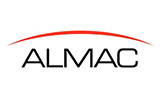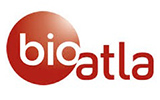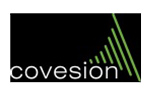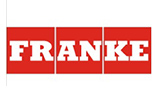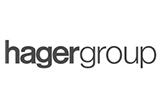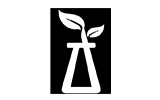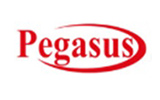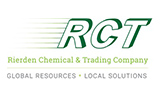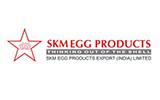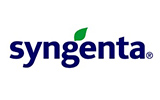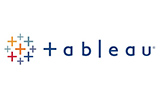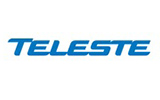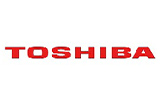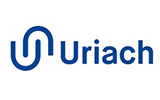

Market Overview
The Indonesian toys and games market is expected to witness steady and robust growth from 2025 to 2033, driven by various factors such as economic growth, rising disposable incomes, changing consumer preferences, and the increasing penetration of e-commerce platforms. Valued at approximately USD 2.44 billion in 2024, the market is projected to grow at a CAGR of 6.83%, reaching USD 4.5 billion by 2033.
Indonesia, with its rapidly expanding urban population, presents an attractive market for toy manufacturers and retailers. The growing middle class, increasing awareness of educational toys, and the shift toward sustainability are shaping the future of the market. Additionally, digitalization and technological advancements are influencing the way toys are made and consumed, leading to a rise in demand for interactive, educational, and connected toys. The market is diverse, with significant regional variation in consumer preferences, creating opportunities for brands to target specific segments.
Key Market Drivers
Economic Growth and Rising Disposable Incomes
Indonesia has been experiencing consistent economic growth, which is contributing to a rise in disposable incomes, particularly in urban areas. The growing middle class is becoming increasingly willing to spend on discretionary items, including toys and games. With a young population and a rising number of working parents, there is a growing demand for products that provide entertainment, education, and developmental benefits for children.
The increase in disposable incomes is expected to drive the sales of higher-end toys, including premium educational toys, interactive electronic toys, and smart playthings. Consumers are increasingly willing to pay more for high-quality and innovative products that offer educational value and long-lasting entertainment.
Technological Advancements and Digital Toys
The advancement of technology and digitalization is significantly transforming the toys and games market. The introduction of interactive toys, augmented reality (AR) toys, and app-enabled devices is reshaping the toy landscape in Indonesia. Consumers are increasingly interested in toys that offer an immersive play experience, blending physical and digital play. This includes toys like smart robots, STEM kits, and app-controlled playsets.
In response to these trends, manufacturers are creating toys that not only entertain but also teach children about technology, programming, and problem-solving. This technological integration is expected to continue to drive demand, particularly among tech-savvy parents and younger consumers who are looking for toys that offer educational benefits in addition to entertainment.
Growing Demand for Educational and STEM Toys
There is an increasing focus on early childhood education in Indonesia, which is driving the demand for educational and STEM (Science, Technology, Engineering, and Mathematics) toys. Parents are more aware of the importance of fostering cognitive development in children from a young age, and as a result, educational toys that promote problem-solving, creativity, and learning are becoming more popular.
In particular, STEM toys, which help children understand concepts in science, technology, engineering, and math, are seeing significant demand. The popularity of these toys is expected to increase as more parents seek products that can aid in their children’s development while providing entertainment. These products are becoming increasingly important as parents look for ways to prepare their children for a future in a technology-driven world.
Sustainability and Eco-Friendly Toys
Sustainability has become a major trend in consumer behavior globally, and Indonesia is no exception. Consumers are increasingly concerned about the environmental impact of their purchases, and this is driving the demand for eco-friendly and sustainable toys. This includes toys made from natural materials, such as wooden toys, recycled plastic, and biodegradable materials.
The demand for green toys is expected to continue growing, especially among environmentally conscious parents who want to ensure that their children play with products that do not harm the environment. Manufacturers are responding to this trend by developing more sustainable toys and packaging, aligning their products with the growing desire for sustainability and eco-consciousness in Indonesia.
E-Commerce Growth and Online Shopping
The rise of e-commerce in Indonesia has revolutionized how consumers shop for toys and games. Online shopping platforms such as Tokopedia, Shopee, and Lazada have made it easier for consumers to access a wide variety of toys at competitive prices. This is particularly true for consumers in rural areas, where access to physical stores may be limited.
E-commerce is projected to continue to play an increasingly important role in the growth of the toys and games market, especially as online retailers expand their offerings and improve delivery services. By 2025, e-commerce is expected to account for a significant portion of the toy sales in Indonesia, making it easier for consumers to compare products, read reviews, and make informed purchasing decisions.
Market Segmentation
By Product Category:
By Age Group:
By Sales Channel:
Competitive Landscape
The Indonesian toys and games market is competitive, with both international and local players. Some of the key players in the market include:
Local Brands: There are also a number of local manufacturers catering to specific needs and cultural preferences. These companies often focus on affordable toys and educational products, catering to the mass market.
Challenges
Future Outlook
The Indonesian toys and games market is expected to continue its upward trajectory from 2025 to 2033, driven by:
By 2033, the market is expected to reach USD 4.5 billion, with a continued shift toward educational and tech-integrated toys, and a growing emphasis on sustainability and eco-friendliness.
Conclusion
Indonesia's toys and games market presents substantial growth opportunities, driven by economic growth, digital transformation, and changing consumer preferences. The increasing demand for educational toys, premium products, and sustainable options will shape the market over the coming years. Both local and international brands have the potential to succeed by aligning with these trends and focusing on innovation, accessibility, and environmental responsibility.
